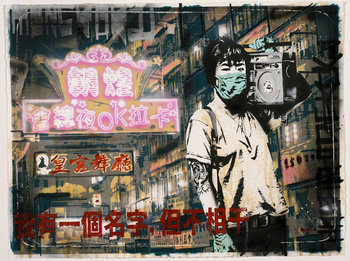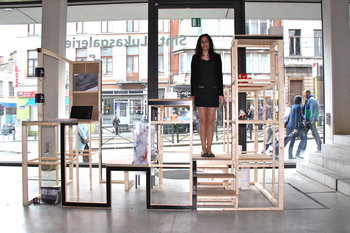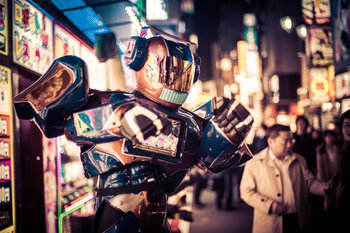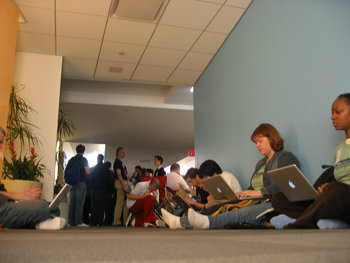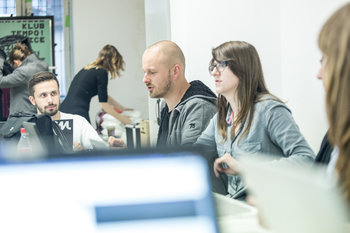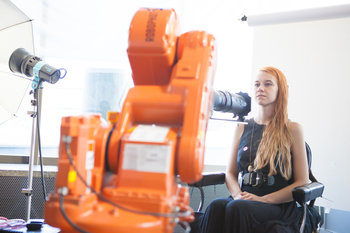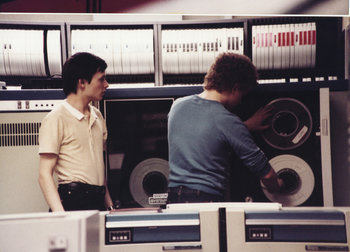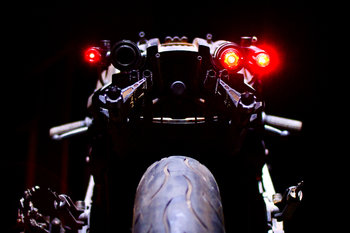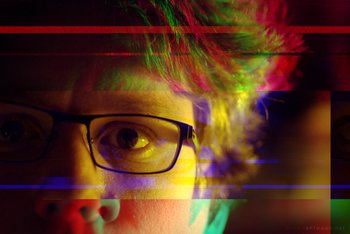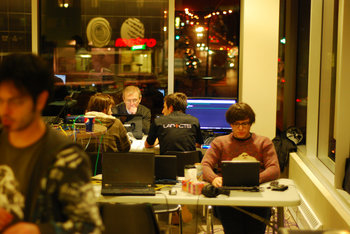|
| |
Low tech is new technology that is designed to be as simple as possible. This can also be applied to old technology that is simply out of date. High tech is relatively new technology that incorporates advanced features.In the past, it was often assumed that high technology is always better than low technology. However, as high technology has proliferated its inherit complexity is increasingly seen as problematic, inefficient, expensive or annoying. High technology is associated with needless features, steep learning curves, unpredictable results, complex restrictions and other tendencies that make it difficult to acquire, use and maintain. As such, businesses and consumers increasingly view low technology in a positive light. The following are a few examples:Well designed manual kitchen appliances such as nut crackers are often preferred to electronic equivalents.
----Despite hundreds of software tools for organizing information, people still commonly like working with paper for tasks such as brainstorming ideas.----Passive architecture such as daylighting may be seen as sophisticated and pleasing as compared with cutting edge electronic lighting techniques.----Simple techniques for carbon sequestration such as biochar are a viable alternative to complex industrial processes requiring large infrastructure investments.---Low tech designs such as the liter of light can be used to solve problems in developing countries where high tech is too expensive or impossible to deploy. |
| Low Tech | High Tech | Definition | Technology that is designed to be as simple as possible. | New technology with advanced features | Advantages | Cheap, practical, easy to deploy, modifiable, avoids unwanted features | Advanced features and capabilities | Disadvantages | Lack of features | Complexity, cost, potentially difficult to use and maintain |
Next: Low Technology
More about low technology:
If you enjoyed this page, please consider bookmarking Simplicable.
© 2010-2023 Simplicable. All Rights Reserved. Reproduction of materials found on this site, in any form, without explicit permission is prohibited.
View credits & copyrights or citation information for this page.
|










